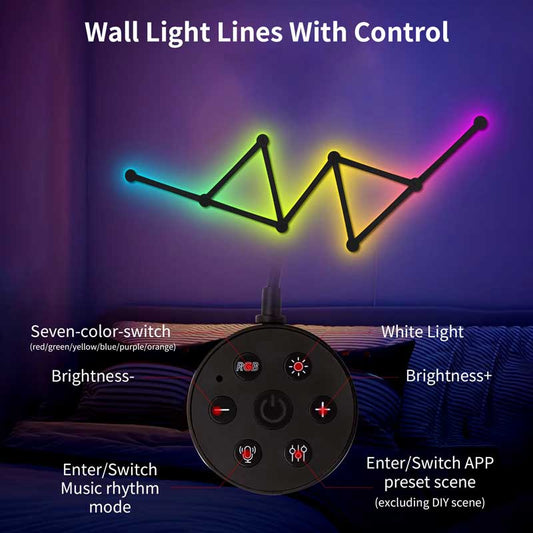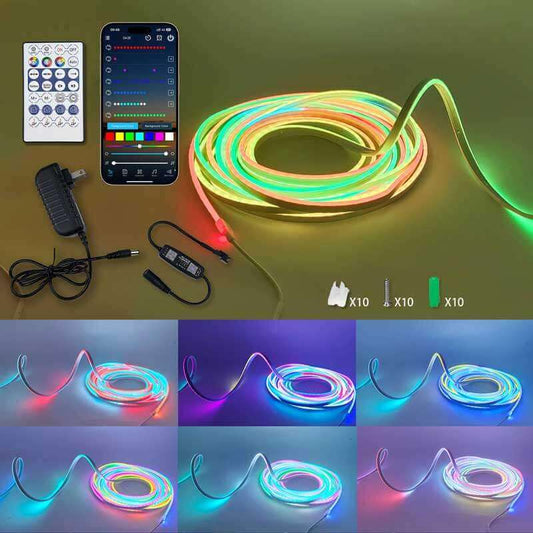Should birds have light at night?
Share
The question of whether birds should have light at night depends largely on the context, including whether the birds are wild or domestic, and the type of environment in which they live. While birds don’t require light at night to thrive, there are several factors to consider when it comes to artificial lighting, both for their well-being and for the potential negative impacts.
1. Wild Birds and Nighttime Light
- Natural Behaviors and Sleep Patterns: Wild birds are diurnal, meaning they are active during the day and rest at night. They rely on natural cues like daylight and darkness to regulate their internal body clocks, including circadian rhythms, which influence their sleep patterns and overall health. Exposure to artificial light at night can disrupt these rhythms, potentially leading to confusion, disorientation, and stress.
-
Impact of Light Pollution: Artificial lighting, or light pollution, can be harmful to wild birds. Birds use natural light cues for navigation, and bright, artificial lights at night can interfere with their ability to find shelter or food. This is especially problematic during migration, as bright lights can cause disorientation and lead birds off-course or make them more vulnerable to predators.
- Example: Many migratory birds are drawn to urban lights at night, sometimes causing them to fly into buildings. Some species, such as nightjars or owls, might be particularly sensitive to the presence of light while hunting at night.
- Best Practice for Wild Birds: It’s best to keep outdoor lighting minimal and focused on areas where humans are active. For garden or backyard areas, motion-activated lights or low-intensity lighting that doesn’t disrupt the night cycle will be the most bird-friendly option.
2. Pet Birds (Domestic Birds) and Light at Night
- Rest and Sleep Needs: Pet birds, such as parrots or canaries, typically need about 12 hours of sleep each night to stay healthy. Like wild birds, they rely on natural light cues to regulate their sleep cycle, but in the absence of natural sunlight, artificial lighting may be needed to help them differentiate between day and night.
- Importance of a Sleep Schedule: Pet birds benefit from a regular sleep schedule, which can be maintained by setting up a consistent routine for turning off lights at night. A dark, quiet room is ideal for a pet bird’s sleep. Some pet owners opt for a nightlight or soft, dim light for safety, but it should be low enough not to disturb their natural sleep cycle.
-
Light Options for Pet Birds:
- Night Lights: These should be dim and used only for safety reasons (e.g., so the bird can find its perch if it needs to move during the night).
- Full Spectrum Lighting: Birds kept indoors may benefit from full-spectrum lights during the day to mimic natural sunlight. These lights can promote healthy plumage and good mood. However, these lights should be turned off at night to help the bird differentiate between day and night.
3. Effects of Nighttime Light on Birds
- Disrupted Circadian Rhythms: Exposure to bright lights at night can disturb a bird’s internal clock, leading to sleep deprivation, stress, or other health issues. Over time, this can weaken their immune system and make them more susceptible to illness.
- Increased Predation Risk: Birds that are exposed to artificial light at night are more visible to predators, increasing their risk of being attacked, especially if the light attracts nocturnal hunters.
- Disorientation: As mentioned earlier, migrating birds can be severely affected by bright lights, leading them to fly off course. Light pollution can confuse birds during migration, causing them to fly into obstacles like buildings, bridges, or power lines.
4. Alternatives to Nighttime Lighting for Birds
- Dim, Motion-Activated Lights: If outdoor lighting is necessary for safety or aesthetic reasons, motion-activated lights that only turn on when needed can help minimize disruption to wild birds.
- Full-Spectrum Lighting for Daylight: If you need to provide light for your pet birds, use full-spectrum lights during the day. These types of lights are designed to mimic natural sunlight, supporting the bird's health, but should be turned off during the night.
- Curtains or Covers for Pet Birds: For pet birds, use bird cage covers or curtains to ensure they have a dark, quiet environment at night. This can help simulate night conditions and promote restful sleep.
Conclusion:
-
Wild Birds: Should be kept away from bright or artificial lights at night to preserve their natural behaviors and sleep cycles. Light pollution can cause disorientation and harm to birds, especially during migration. Keeping outdoor lighting minimal or using dim, motion-activated lights is the best approach.
-
Pet Birds: Can benefit from a consistent day-night cycle, so using dim lights or nightlights for safety is fine, but they should still be allowed a period of darkness to sleep properly. Full-spectrum lighting during the day helps mimic natural sunlight.
Ultimately, for both wild and pet birds, minimizing artificial light at night and respecting their need for darkness is key to their well-being. If you must use artificial lighting, ensure it’s low in intensity and doesn’t interfere with their sleep or natural rhythms.




